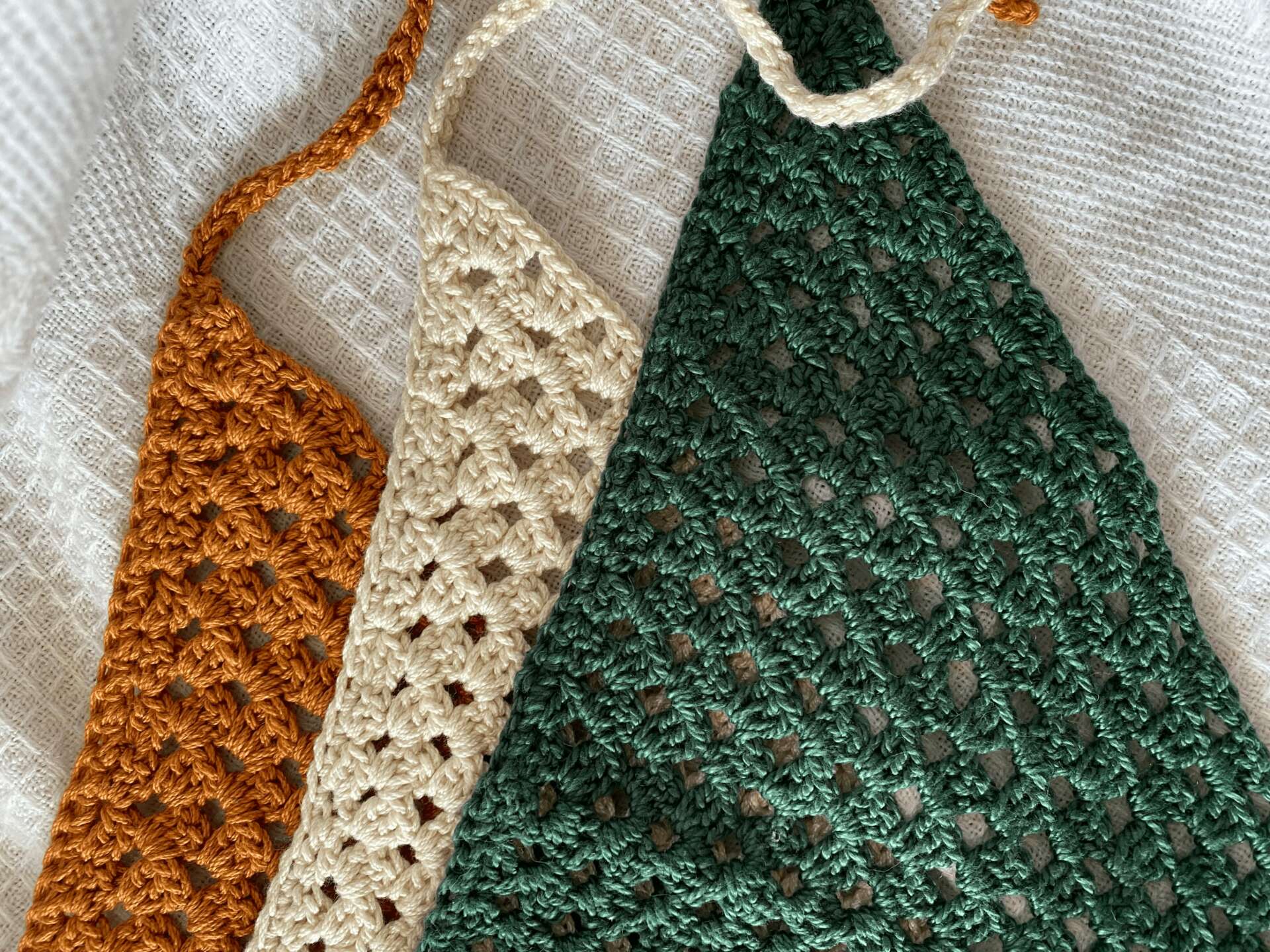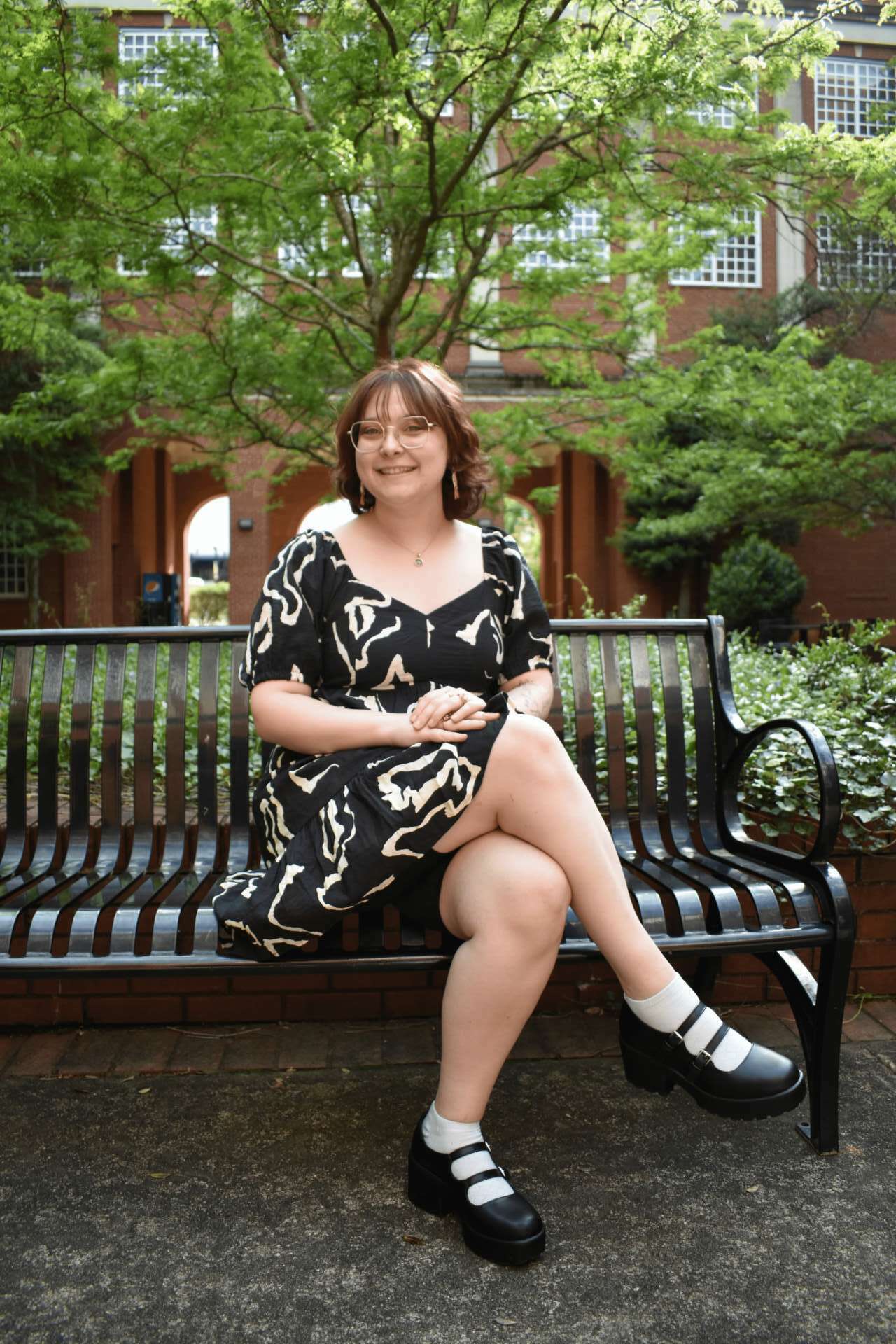We were lucky to catch up with Martha Blaser recently and have shared our conversation below.
Alright, Martha thanks for taking the time to share your stories and insights with us today. How did you learn to do what you do? Knowing what you know now, what could you have done to speed up your learning process? What skills do you think were most essential? What obstacles stood in the way of learning more?
When I was in middle school, I took an interest in all creative mediums, but especially sewing. My dad would teach me how to use the sewing machine and make garments, stuffed animals, and whatever my mind could imagine. I would spend countless hours with him at the sewing machine creating all sorts of fiber works. In my later high school years, I lost most of my interest and love for sewing as my heavy course load and part-time job took up most of my time. After graduation, I decided to pursue a science degree in college. It wasn’t until 2020 that I realized that I did not want to spend my life in a lab, so I promptly changed my major to art. My very first college art class was where I met the professor who would mold my artistic career, Pat Mink. I quickly rediscovered my love of fiber art, taking every class Pat offered. She taught me how to weave, bookbinding, printing on fabric, but most importantly she challenged my skills and urged me to become the best artist I could.
Within the realm of learning the craft, I have found that understanding your learning style and adapting your education to support that is the best way to speed up the learning process. I know that personally, I learn best from the classic “see one, do one, teach one” method, which tests my knowledge of the particular skill I am learning. In fiber arts, I think the most essential skill will always be knowing your way around a needle and thread. This skill will always be useful for just about anyone, not only artists. Another very important skill I have come to treasure is learning from the process, not the product. I feel like as artists we get caught up in the final product and how our projects turn out, rather than spending time reflecting on what has been learned through the process. During class, Pat would have us make “process books” where we would document our process through creating our artworks and discuss what we were thinking and learning while working on our art. These started out as a nuisance to me, but I very quickly became very grateful for these process books. I would be able to go back and reflect on what I achieved and learned throughout the process of a project, even if that project did not turn out how I wished it would have. Lastly, I know it is a bit cliché, but I truly believe that the main obstacle that stops one from learning more is your own mindset. If there is anything I have learned in five years of undergrad, it is that you are only capable of what you think you are capable of.
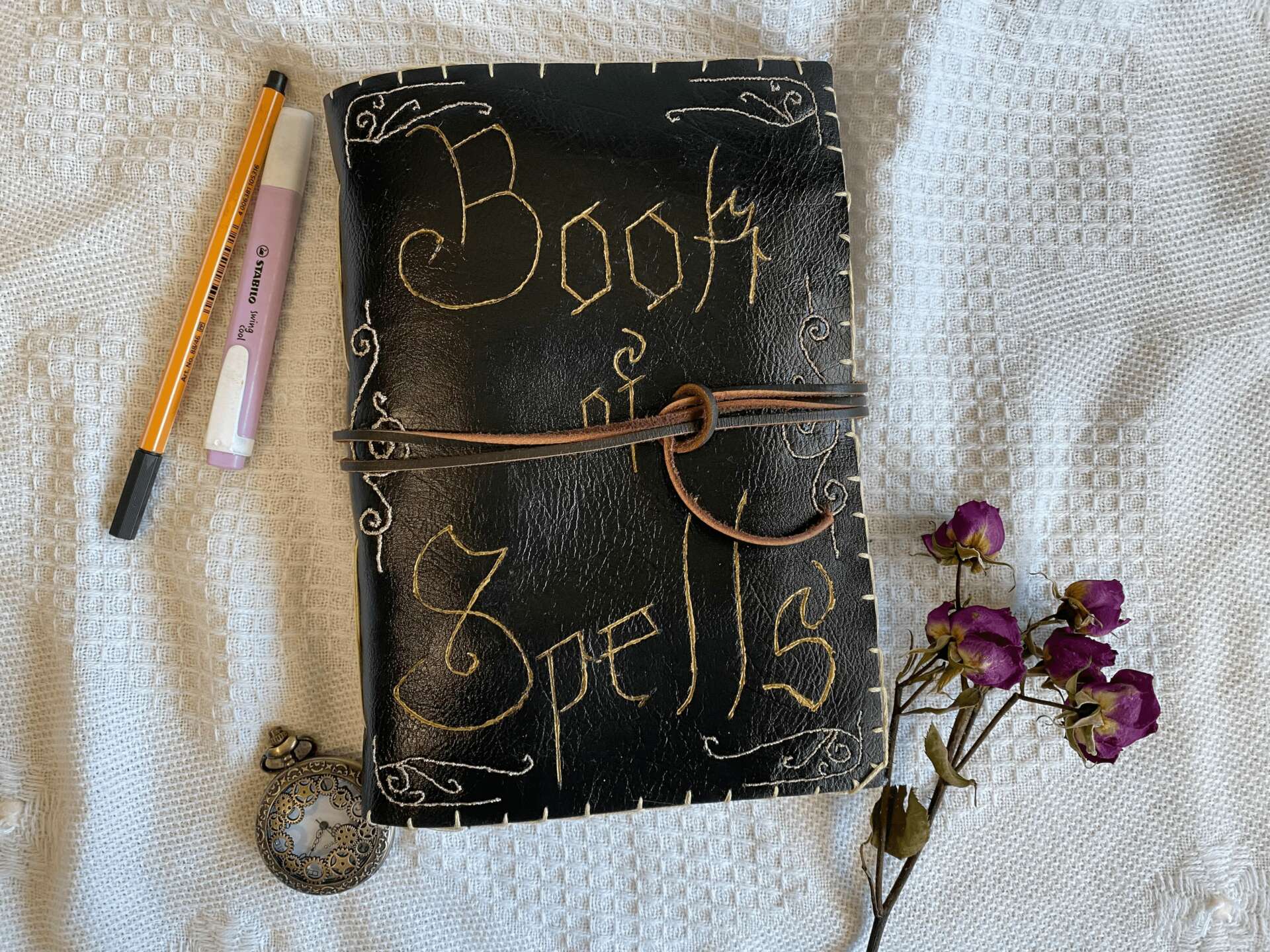
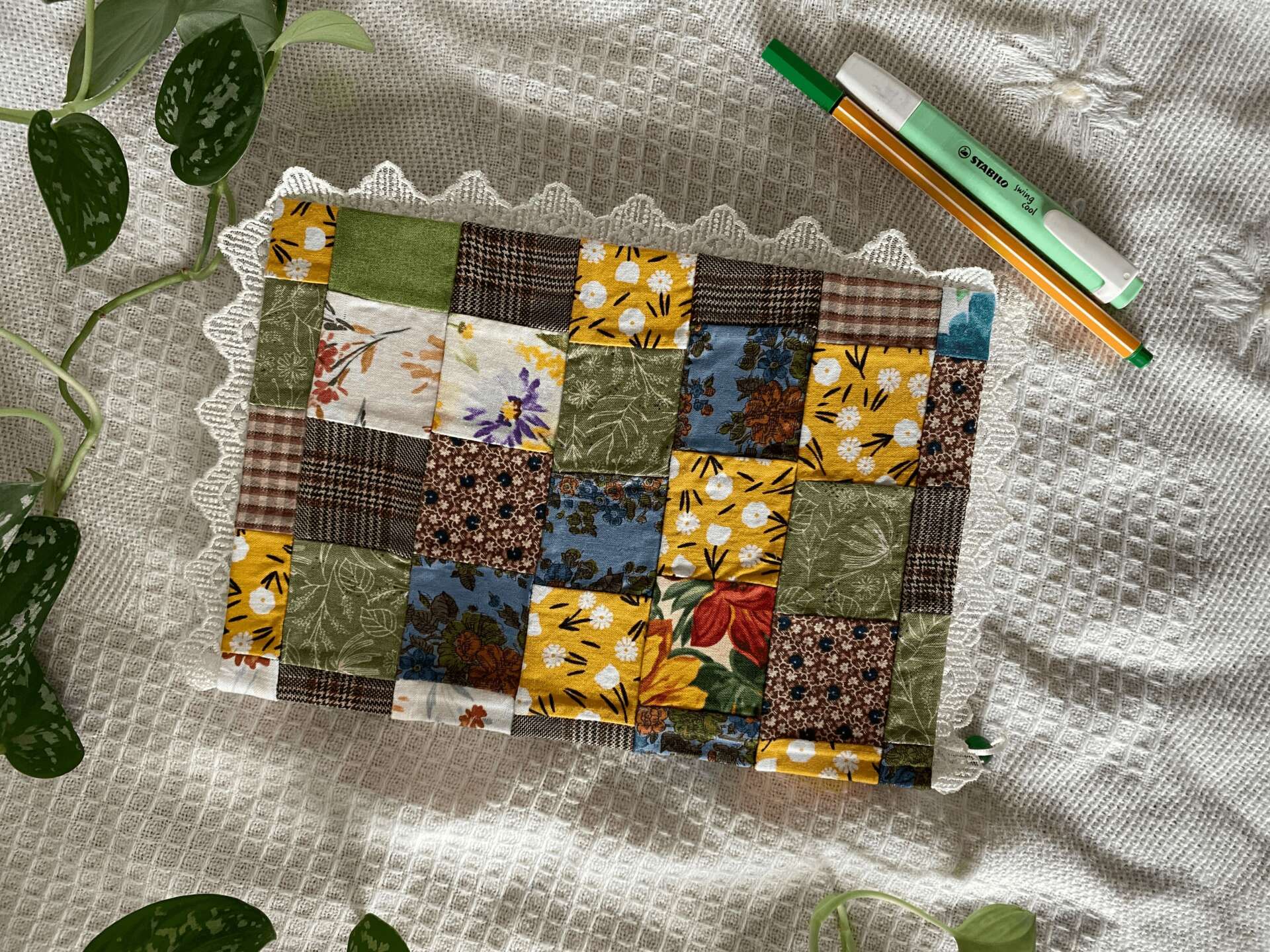
Awesome – so before we get into the rest of our questions, can you briefly introduce yourself to our readers.
My name is Martha Blaser. I am a new college graduate, getting my degree in Studio Art and Art History. I am a native to East Tennessee and I work primarily in fiber arts, working to preserve and enhance traditional Appalachian art forms. My main art forms are sewing, weaving, crocheting, and bookbinding. I own and operate a small business, Polyhymnia Studios, where I sell handmade journals, sewn and crocheted goods, and take bookbinding and sewing commissions.
One of my favorite aspects of my business is getting to do commissions and working with a customer to create an item that excites them. I have created numerous personalized journal commissions, allowing the customer to utilize my skillset to create a journal that had previously only existed in their mind. It is so rewarding to get to work to bring ideas to life and utilize the skills I have spent years cultivating to help clients achieve a dream. I love creating and getting to share that with the world is the most fulfilling experience I have had the privilege of doing.
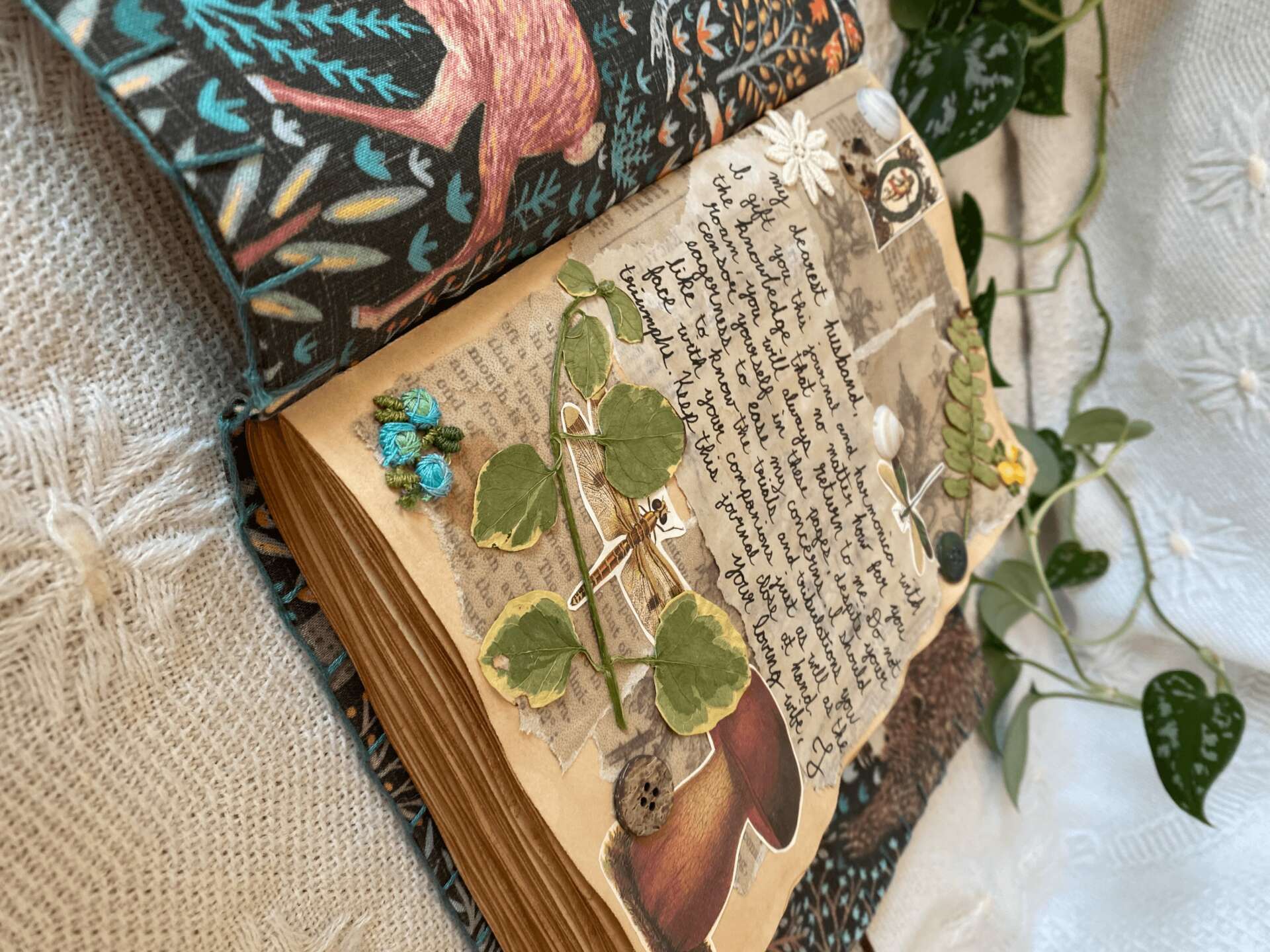

Have you ever had to pivot?
Going into college, I spent a lot of time confused about what I wanted to do with my life. Making that decision at the age of 17 was very daunting, even more so as I am naturally an indecisive person. I went through many different ideas before signing up for classes, but eventually decided to start out as a Pre-Med Microbiology major. I spent two years taking science classes, volunteering in clinical settings, working at the neighboring medical school, and planning to become a doctor. The summer after my sophomore year I had a crisis after talking to one of my coworkers who had recently been rejected from medical school. She was losing her mind about having to reapply and what would happen if she didn’t get in. She said, “I don’t know what else I would do. There is nothing I want to do more than this.” and that was the moment I realized I did not feel that way about the path I was following and decided I needed to find something that I felt that way about. I spent about two months over the summer trying to figure out what it was I enjoyed and eventually realized it was my artwork that I kept returning to. After a lot of long conversations with my friends, parents, and faculty, I made the terrifying decision to change my major to Studio Art. At first, it was a drastic and scary change, but after a few weeks enrolled in art classes, I felt at home, a way I had never felt in all the labs I worked in. After taking my foundations classes, I rediscovered my love for fiber art, met my best friends, and had life changing experiences studying abroad. Honestly, I have never once regretting my decision to pursue a creative career. I am so grateful for the experiences I have had in college and cannot imagine doing anything else.
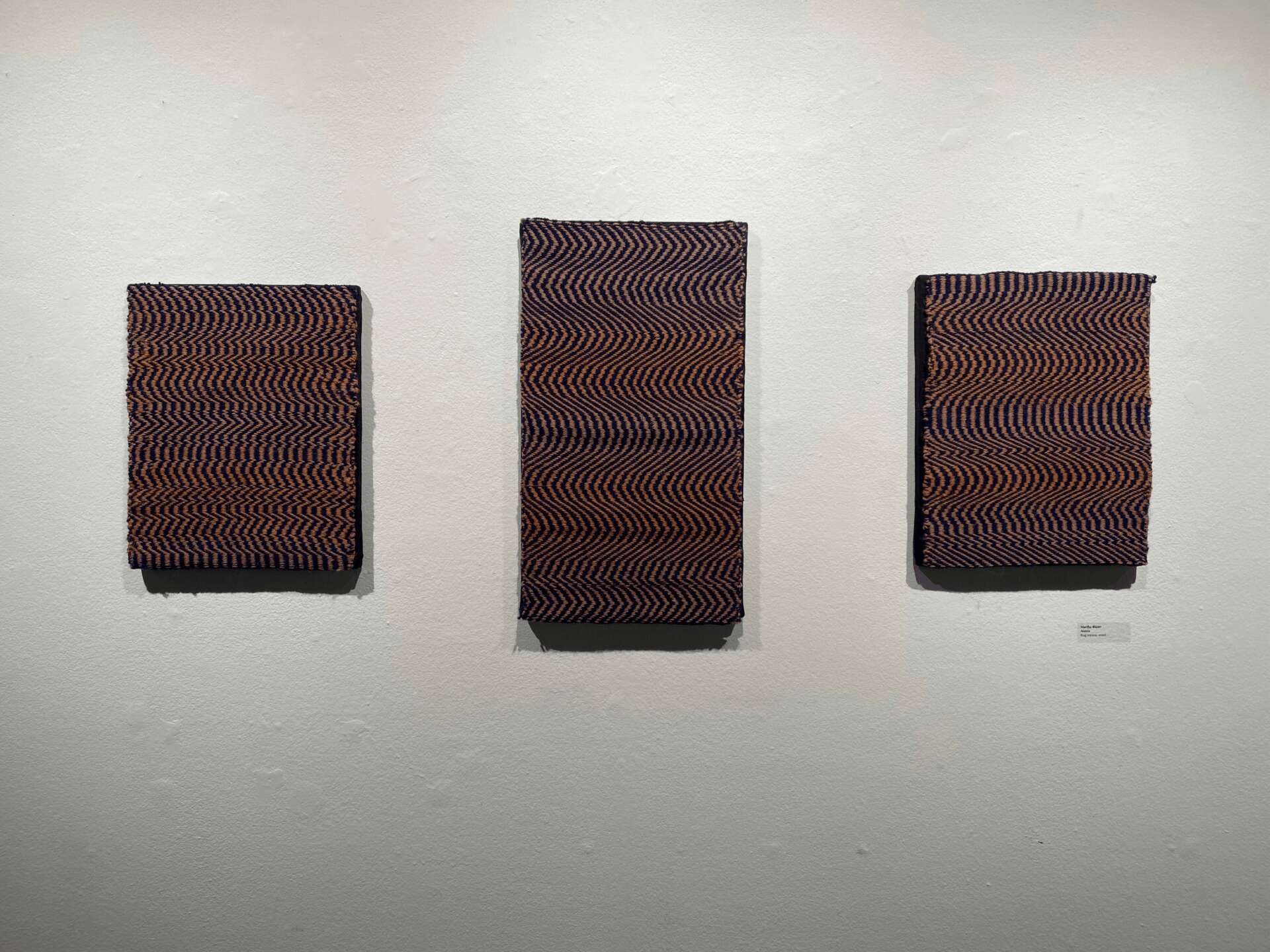
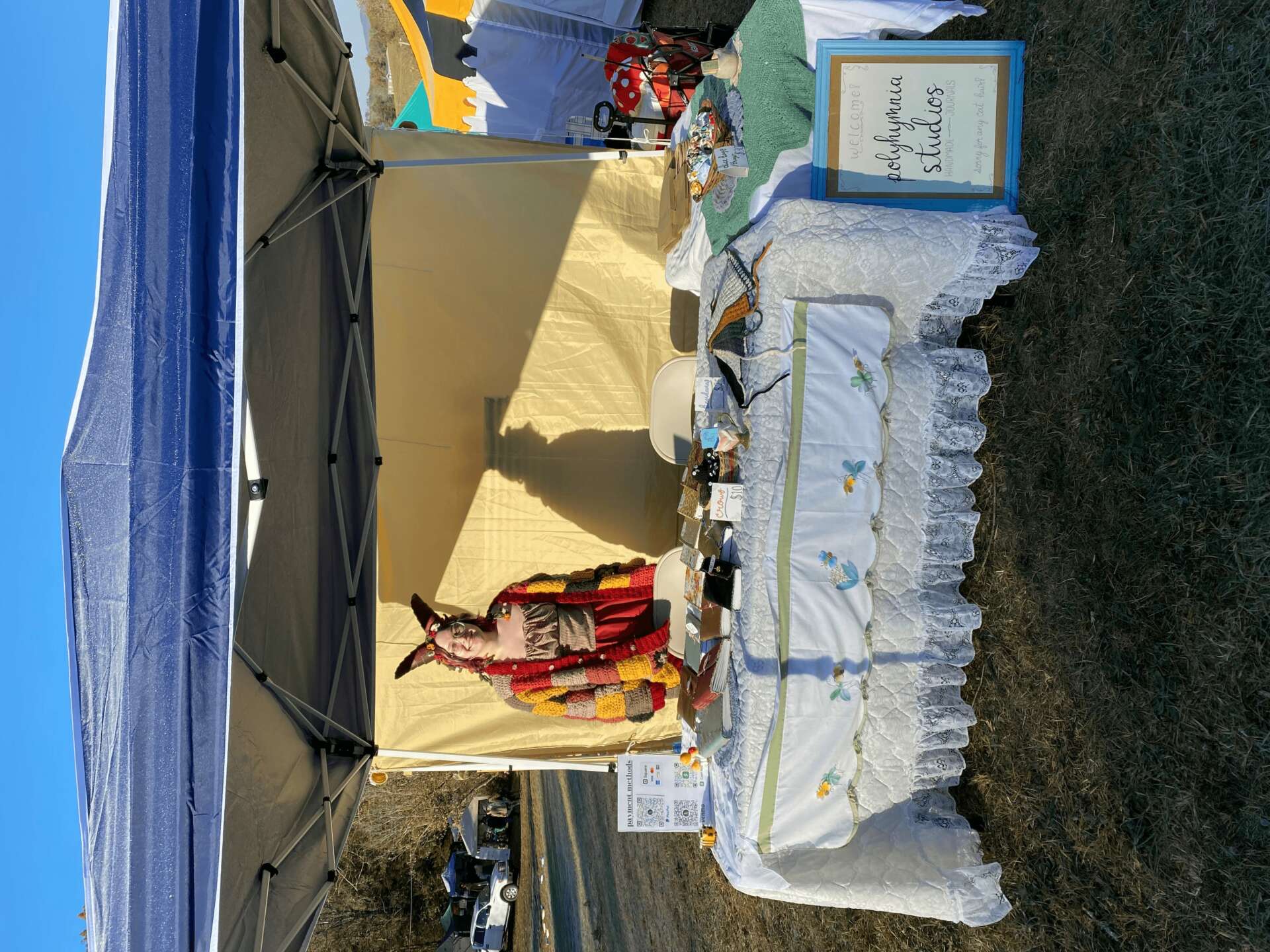
How can we best help foster a strong, supportive environment for artists and creatives?
In the age of consumerism and fast fashion, people have grown too accustomed to having whatever they want quickly and readily available. Due to this, I feel that there is less of an appreciation for artists and other creatives because many people see a handmade item and think that they could order it online for cheaper. The issues within the fast fashion industry is something I am very passionate about as a fiber artist. In centuries past, fiber artworks were the pinnacle of wealth and were the most expensive items one could own. In modern times, consumers buy t-shirts for $2 on SHEIN, then throw them out after wearing them once. Something I make a point to do and I think everyone should do is support local artists and buy handmade, sustainable clothing and household goods when it is possible. This not only supports creatives but also helps create a more sustainable lifestyle to help preserve the health of the planet. Support handmade business and local artists!!! Go to a local makers fair and speak to some artists from your area and ask what you can do to help support them and their business! Make it a point to return to the handmade in an age of readily made goods.
Contact Info:
- Website: https://polyhymniastudios.carrd.co
- Instagram: @polyhymniastudios (https://www.instagram.com/polyhymniastudios/)
- Other: Etsy shop: PolyhymniaStudios (https://www.etsy.com/shop/PolyhymniaStudios)
